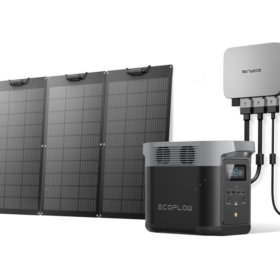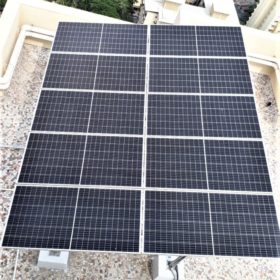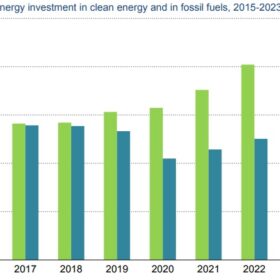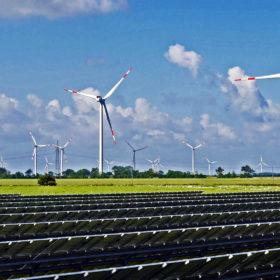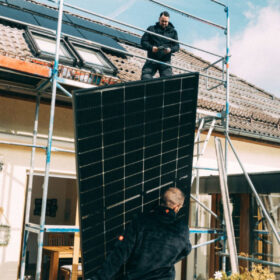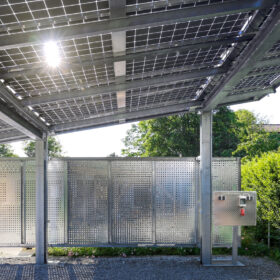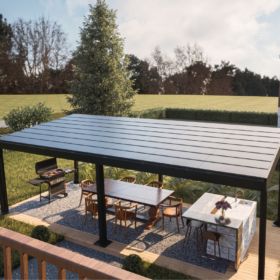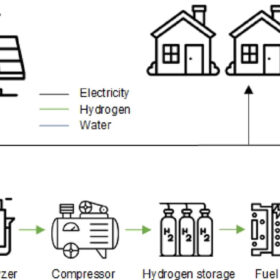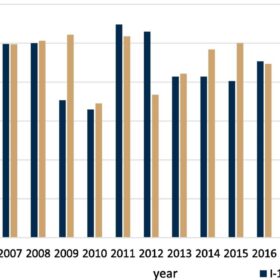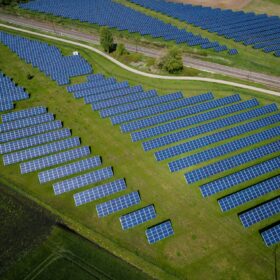Ecoflow unveils new balcony PV system
US-based Ecoflow has announced the commercialization of a balcony solar device with a portable power station for residential applications.
India installed 485 MW of rooftop solar capacity in Q1 2023
India reached a cumulative installed rooftop solar capacity of 9.3 GW as of March 31, 2023, with the addition of 485 MW in Q1 2023.
Global investment in clean energy nearly doubles that of fossil fuels
For every dollar invested in fossil fuels, 1.7 dollars are invested in clean technologies. Five years ago, it was a one-to-one ratio, said the International Energy Agency.
India to add 20 GW of renewable energy capacity in FY2024, says ICRA
ICRA expects India to add 16 GW of solar power generation capacity, 2 GW of wind and another 2 GW from hybrid projects in FY2023-24.
Three million photovoltaic systems in Germany
The German Solar Industry Association sees uninterrupted demand for private photovoltaic roof systems in particular. The mark of four million photovoltaic systems could be reached as early as next year.
India added 1.9 GW of solar capacity in Q1 2023, says Mercom
The solar capacity addition in the Jan.-March period was 30% less than 2.7 GW installed in the previous quarter.
Biofuels vs. solar electricity for urban mobility
Solar electricity will have to compete with biofuels in the urban mobility landscape. Biofuels, however, have a very low energy productivity per hectare, as well as high requirements for fertilizers, pesticides, and water.
Solar gazebo provides up to 4.3 kW of backyard generating capacity
Arka Energy’s new outdoor gazebo provides 2.4 kW to 4.3 kW of residential solar power via monocrystalline PERC solar tiles.
Novel approach to PV-battery-electrolyzer-fuel cell systems
TU Delft scientists have proposed a new methodology for off-grid PV-battery-electrolyzer-fuel cell systems in remote areas.
Researchers assess degradation in PV systems older than 15 years
Scientists have used the US National Renewable Energy Laboratory’s (NREL) HOMER software to calculate the degradation of solar panels deployed in two rooftop PV systems operating in Germany since 2003. Their calculations focused on the energy productivity of the systems.
